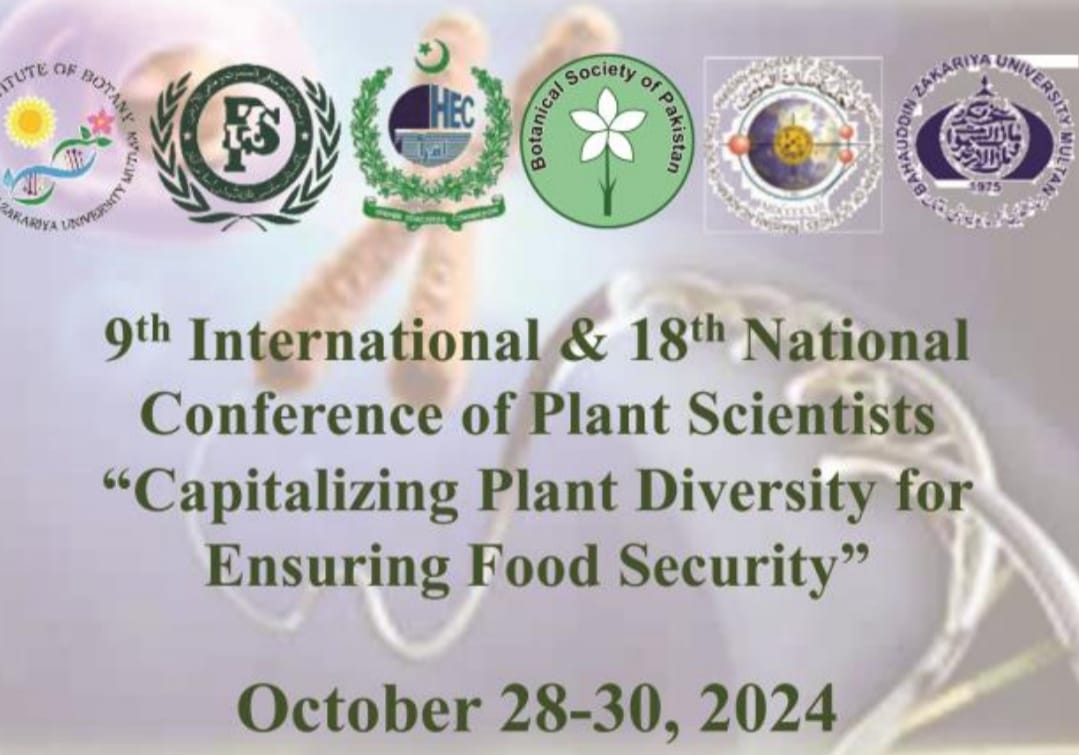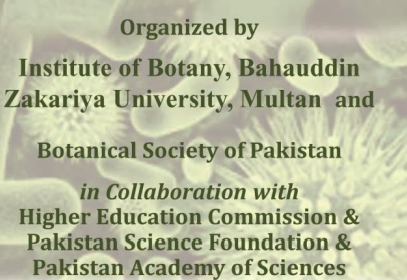
PJB-2024-403
Genetic diversity analysis based on phenotypic traits and SSR markers of Allium sativum L. germplasm
Yanyun Ren, Guowei Liu, Kun Xu, Yuanyuan Gao, Longping Zhang, He Tan, Siqi Li, Chunyu Zhu and Junya He
Abstract
By comprehensively utilizing genetic mapping and molecular marker technologies, we emphasize conventional asexual propagation breeding, supplemented by biotechnological breeding methods. This approach integrates traditional phenotype selection with modern genotype selection to provide a basis for variety identification and genetic improvement, aiming to shorten breeding cycles and enhance breeding efficiency. We evaluated 114 garlic germplasm resources for 12 phenotypic traits related to flowering and growth development. We conducted PCR amplification of the genomic DNA from these samples using 10 pairs of simple sequence repeat (SSR) primers. Then, cluster analysis was carried out, and the genetic diversity was assessed based on the polymorphic bands obtained from gel electrophoresis. We performed clustering and principal component analysis using SSR markers on the 114 garlic samples to identify germplasm exhibiting desirable traits. Results showed significant variation in traits related to flowering, while traits associated with growth and development exhibited relatively lesser variation coefficients. Among the 10 pairs of primers used, 6 pairs yielded satisfactory results, detecting a total of 38 allele loci across the 114 samples. Shannon's diversity index (I) ranged from 0.6750 to 1.5319 with a mean of 1.2479, while observed heterozygosity (Ho) and expected heterozygosity (He) ranged from 0.3482 to 0.5526 and 0.4210 to 0.6935, respectively. Cluster analysis classified the population into 4 groups, with close associations observed between grouping and flowering traits.
To Cite this article: Ren, Y., G. Liu, K. Xu, Y. Gao, L. Zhang, H. Tan, S. Li, C. Zhu and J. He. 2025. Genetic diversity analysis based on phenotypic traits and SSR markers of Allium sativum L. germplasm. Pak. J. Bot., 57(6): DOI: http://dx.doi.org/10.30848/PJB2025-6(40)
Download PDF


